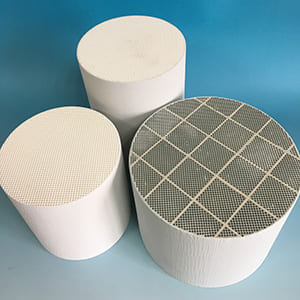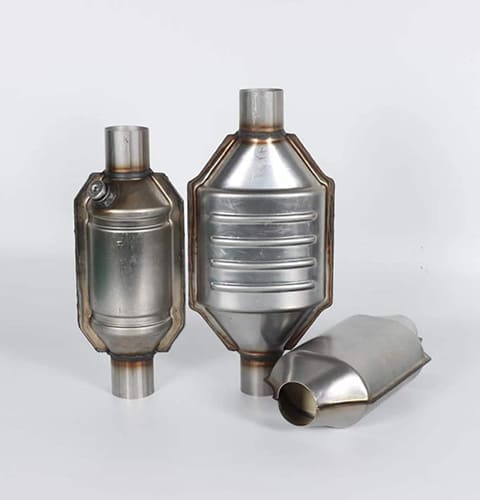Have you ever wondered about the differences between various components in your vehicle’s exhaust system? Imagine you’re at the mechanic, and they mention both a gasoline particulate filter (GPF) and a catalytic converter. Are they talking about the same thing? Do they serve the same purpose? Understanding these components can help you better maintain your vehicle and ensure it meets emission standards. So, is a gasoline particulate filter the same as a catalytic converter?
A gasoline particulate filter (GPF) and a catalytic converter are not the same, although they both play crucial roles in reducing vehicle emissions. A GPF is designed to capture and remove particulate matter (PM) from the exhaust gases, while a catalytic converter transforms harmful gases into less harmful substances through chemical reactions.
This article will explore the functions, differences, and importance of both GPFs and catalytic converters. By the end, you’ll have a clear understanding of how each component works and why they are essential for modern vehicles.
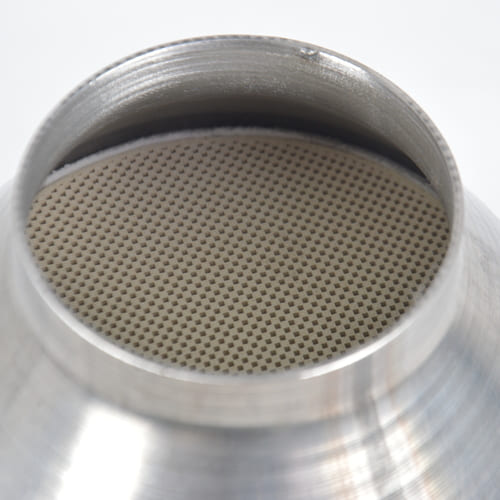
What Is a Gasoline Particulate Filter (GPF)?
A gasoline particulate filter (GPF) also name petrol particulate filter (PPF) is a device designed to capture and remove particulate matter (PM) from the exhaust gases of gasoline engines. Particulate matter consists of tiny particles that can be harmful when inhaled, contributing to air pollution and health issues.
How Does a GPF Work?
- The GPF captures particulate matter in a ceramic or metallic filter structure.
- The trapped particles are periodically burned off through a process called regeneration, converting them into less harmful gases like carbon dioxide (CO2).
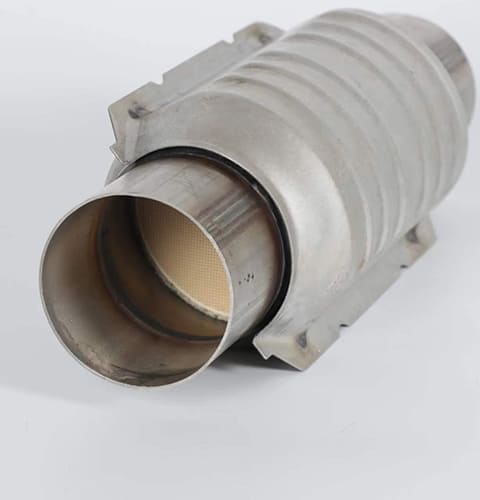
What Is a Catalytic Converter?
A catalytic converter is a device used in the exhaust system of vehicles to reduce harmful emissions. It transforms toxic gases and pollutants in exhaust gas into less harmful pollutants by catalyzing a redox reaction (an oxidation and a reduction reaction).
How Does a Catalytic Converter Work?
- The catalytic converter contains a core or substrate coated with precious metals like platinum, palladium, and rhodium.
- These metals facilitate chemical reactions that convert harmful gases like carbon monoxide (CO), nitrogen oxides (NOx), and hydrocarbons (HC) into less harmful substances such as carbon dioxide (CO2), nitrogen (N2), and water (H2O).
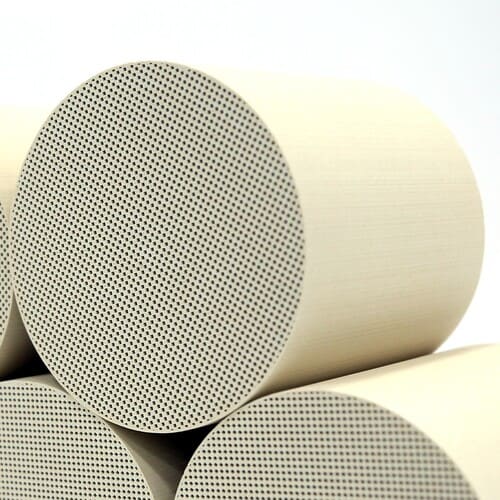
What Are the Key Differences Between GPF and Catalytic Converter?
Function:
- GPF: Captures and removes particulate matter from exhaust gases.
- Catalytic Converter: Transforms harmful gases into less harmful substances through chemical reactions.
Components:
- GPF: Typically consists of a ceramic or metallic filter structure designed to trap particulate matter.
- Catalytic Converter: Contains a core or substrate coated with precious metals that facilitate chemical reactions.
Regeneration:
- GPF: Requires periodic regeneration to burn off trapped particles.
- Catalytic Converter: Does not require regeneration; it continuously facilitates chemical reactions.
Emission Reduction:
- GPF: Primarily targets particulate matter (PM) emissions.
- Catalytic Converter: Targets gaseous emissions like CO, NOx, and HC.
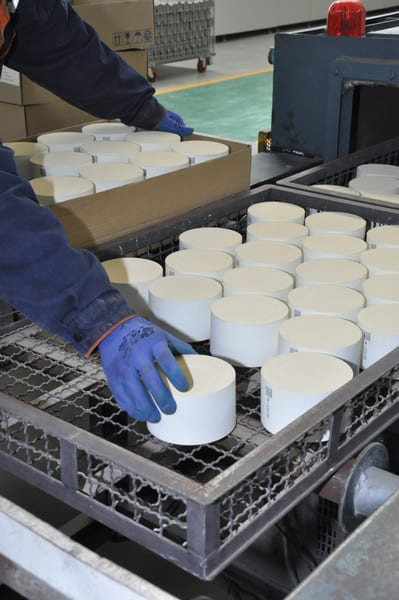
Why Are Both GPF and Catalytic Converter Important?
Environmental Protection:
- Both devices significantly reduce harmful emissions, contributing to cleaner air and a healthier environment.
Regulatory Compliance:
- Most countries have strict emission standards that vehicles must meet. Both GPFs and catalytic converters help ensure that vehicles comply with these regulations.
Public Health:
- By reducing the emission of particulate matter and toxic gases, these devices help protect public health, reducing respiratory and other health issues caused by air pollution.
Can a Vehicle Have Both a GPF and a Catalytic Converter?
Yes, modern vehicles, especially those with gasoline direct injection (GDI) engines, can have both a GPF and a catalytic converter. The GPF captures particulate matter, while the catalytic converter reduces gaseous emissions. This combination ensures comprehensive emission control, meeting stringent environmental regulations.
How Do GPFs and Catalytic Converters Affect Vehicle Performance?
GPF:
- The presence of a GPF can slightly increase backpressure in the exhaust system, but modern designs minimize any impact on engine performance.
- Periodic regeneration ensures that the filter remains effective without significantly affecting performance.
Catalytic Converter:
- Catalytic converters are designed to operate efficiently without impacting engine performance.
- Proper maintenance and timely replacement of a failing catalytic converter ensure optimal vehicle performance and emission control.
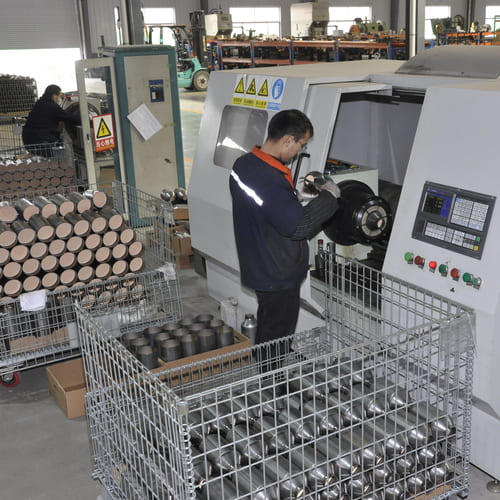
Conclusion
A gasoline particulate filter (GPF) and a catalytic converter are distinct components that serve different purposes in reducing vehicle emissions. While a GPF captures and removes particulate matter, a catalytic converter transforms harmful gases into less harmful substances through chemical reactions. Both devices are essential for meeting emission standards, protecting the environment, and ensuring public health.

